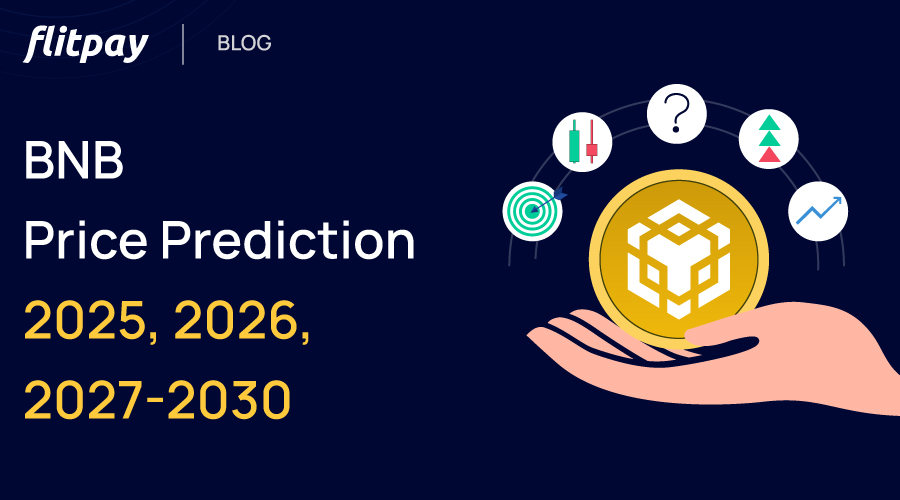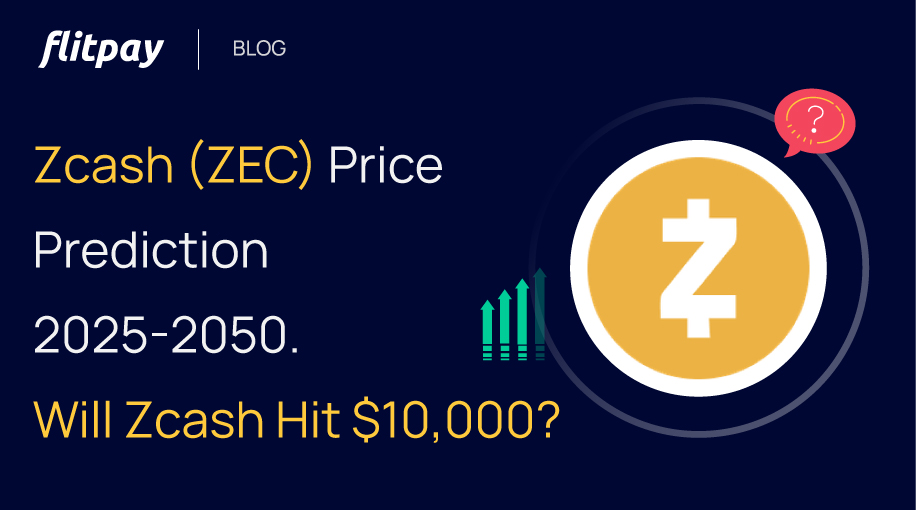'United We Stand, Divided We Fall'
Mining pools are the practical implementation of this proverb in Crypto.
How?
We will know this in the below blog.
What are Mining Pools?
A Mining pool is a group of crypto miners who come together in a blockchain network to combine their computational resources for mining a cryptocurrency.
In other words, these miners pool their computational power or mining resources to increase their chances of mining cryptocurrencies and earning block rewards. Since they use Cryptocurrency mining software to pool these resources, it gets the name 'Mining pool'.
How do Mining pools work?
Cryptocurrencies work on different consensus mechanisms. These consensus mechanisms involve a mining process through which the network participants can mint new cryptocurrencies using their computation power. Since these minings are very power intensive and require high computation power to increase the chances of a miner mining the new block, it becomes nearly impossible for an individual miner to compete with big mining firms and institutions.
To solve this problem, multiple miners combine their mining resources and computational power through a mining pool to increase their chances of mining new blocks and earning the associated rewards. Every miner in a mining pool contributes a portion of the computational power required to produce a block, which then sums up to increase the probability and total computational power of the Mining pool.
If a mining pool completes the mining of new blocks, it gets the reward, which it divides among all the participants according to their contribution to the pool. This way, even small miners could participate in Crypto mining.
Now that you know how mining pools work, you also must know the types of mining pool payout schemes these mining pools use.
But before knowing them, let's first quickly know some terminologies involved in mining.
Some Terminologies
Hash: A unique code or identity associated with each block. It is made when plain text data converts into unique encrypted text.
Hash Rate: The speed at which a computer in a blockchain network can guess the hash. For example, 1BH/s hash rate means the computer can make 1 Billion guesses in a second.
Hash Power: The amount of energy required by computers to guess one hash
Share: The proportion of work a miner has contributed in finding the reward successfully
Luck: The number of shares a pool needs to find a specific block compared to the average shares required for finding a block based on the current network difficulty.
For instance, suppose a mining pool has 10 miners contributing 10 shares per second on average, A total of 100 shares will be contributed per second. Now, according to the network difficulty, if it takes almost 6,00,000 shares to find a block, then the mining pool will take 6000 seconds (600000/100) or 100 minutes to accumulate 6,00,000 shares. Thus, the pool will theoretically find a block every 1 hour and 40 minutes. But if the pool becomes successful in finding a block early only after contributing 3,00,000 shares, then its luck would be 200% {(6,00,000/3,00,000)*100). Likewise, if it actually took 12,00,000 shares for the pool to mine a block instead of 6,00,000, then its luck would be 50% [(6,00,000/12,00,000)*100].
Depending on the share, luck, hash rate, and hash, mining pools calculate the contribution of each miner and reward them according to some payout schemes.
There exist different types of Mining pool ayout schemes
Let's know them in detail.
Types of Payout Methods in Mining Pools
(PPS vs FPPS vs PPLNS vs PPS+)
Pay-Per-Share (PPS)
In this payout method, the miners get a standard payout from the pool operator for their contributed share whether the pool mine the block or not. This payout scheme reduces the monetary risk for miners and helps them to generate a stable income. The fixed reward miners get is calculated according to the worth of a share contributed by the miners.
For example, if the pool theoretically needs to send 1000 shares to find 1 BTC block i.e; 6.25 BTC. Then each share will be worth 0.00625BTC. Therefore, the pool will pay the miners according to this worth, meaning if a miner contributes 10 shares, he will get 0.00625 *10 = 0.0625 BTC as the reward.
However, at this time of payout, the miners usually do not get the transaction fee in their payout. Since the pool operator is responsible for providing a stable income, he generally asks for a participation fee in the PPS payout.
Full-Pay-Per-Share (FPPS)
This payout is very similar to the pay-per-share payout. The only difference is that the miners also get the transaction fee along with a fixed pay as a reward if the pool gets to mine the block. The pool operator decides the share of each participating miner in the transaction fee according to the Shares contributed by the miner.
Pay-Per-Last-N-Shares (PPLNS)
Unlike FPPS and PPS models, this mining pool payout scheme only pays the miners if it successfully mines the new block. In case, the mining pool fails to mine new block rewards, the Miners get nothing from the mining pool. However, if the mining pool succeeds in mining a new block, it rewards the miners according to the percentage of their shares in the total pool shares. When the Mining pool successfully finds a block, it goes back in time and checks the Shares contributed by each miner before it found the block. It pays miners according to the shares they contributed before the pool found a block. The rewards in the PPLNS method highly depend on the luck of the pool.
For example, if the block reward is 6.25 BTCs in a Bitcoin mining pool and the operator takes a fixed 15% reward as a pool commission, then the available reward left to distribute to the miners will be 5.3 BTCs. The Pool will calculate the contribution of each miner according to the valid shares they sent before the Pool mined the block. Therefore, if the pool took 10,000 shares to find the block and a miner contributed 1000 shares out of the total 10,000 shares, he will receive 10% of 5.3BTC as a reward.
Pay Per Share + (PPS+)
It is the combination of both PPS and PPLNS paid out. The pool that uses PPS+ payout scheme settles the block reward for miners according to the PPS mode, whereas it uses the PPLNS method to distribute the transaction fees. Therefore, the miners get stable incentives for each share they contribute to the mining pool and also the portion of the transaction fee if the Mining pool gets new block rewards. This way, the combination of PPS and PPLNS makes Pay Per Share + stable and lucrative.
Some Popular Mining Pools
Here are some most popular mining pools in the current Cryptosphere:
Slush Pool / Braiins Pool
Slush pool is the oldest Bitcoin Mining pool announced on November 28, 2010, in Prague, Czechia, and named after its founder Mark Slush Palatinus. However, when Mark moved on to other ventures like creating Trezor (the First Hard wallet) and another company called Braiins. When Braiins took over Slush pool, it was renamed as 'Braiins Pool'. Today, it is one of the largest Bitcoin mining pools connecting over 15,000 Bitcoin miners. It makes up 5 to 8% of the overall network hash rate. Braiins pool charges 2 to 2.5% commission to miners for joining it to mine Bitcoin and Zcash.
F2Pool
F2Pool is the famous Ethereum Mining Pool that uses PPS and PPS+ payment systems for miners. It mines Bitcoin, Dogecoin, Ethereum and Litecoin along with 40 other cryptocurrencies. Miners can easily participate in F2pool mining operations through its mobile app.
Etheremine
Ethermine describes itself as the highest-performing Ethereum Mining pool. It allows miners to mine Ether, Ravencoin, Zcash, Ergo, and Beam. However, after the Merge upgrade of Ethereum, it is impossible to mine Ethereum using PoW equipment. As a result, the Ethereum mining pool of Ethermine is now in withdrawal mode only. To keep compatible with the PoS consensus mechanism of the updated Ethereum Network, Etheremine has started to provide a staking pool facility to help ETH holders form a group to stake ETH.
End Note
Individual miners find it difficult to compete with big miners due to their low computation power and limited mining resources. In such conditions, Mining pools are an excellent solution for them to unite their computational power to mine new blocks and cryptocurrencies. However, Miners should beware of the payout schemes mining pools offer and choose the one that fits their objective.





